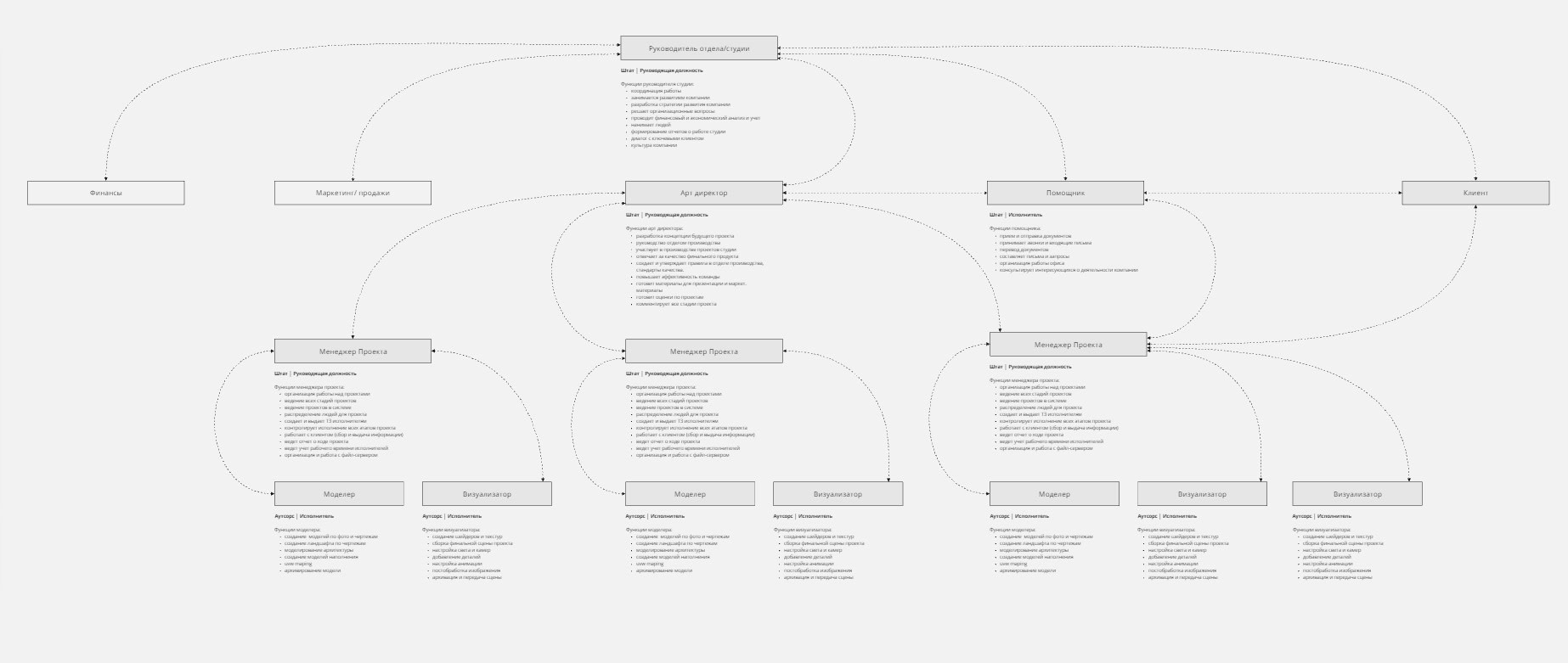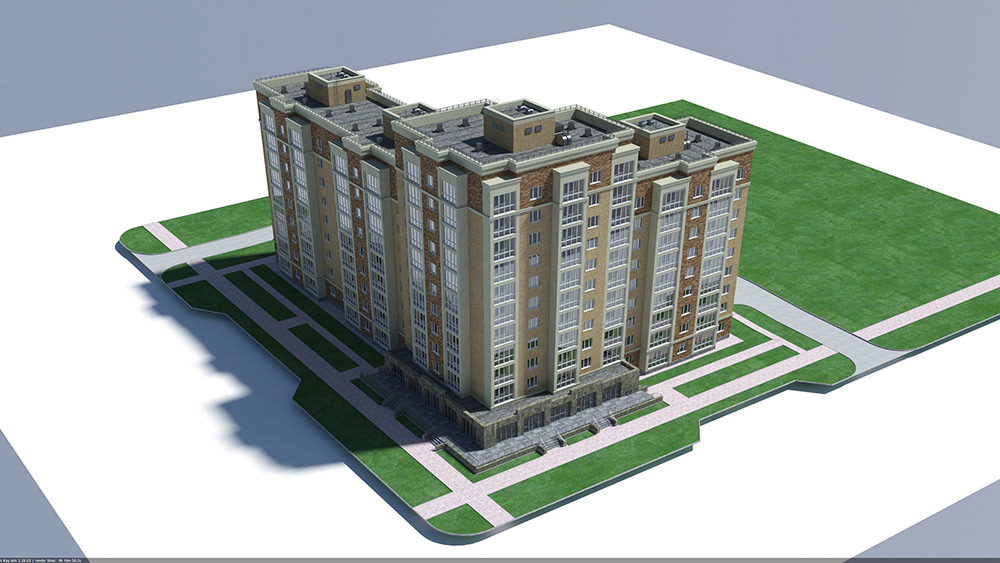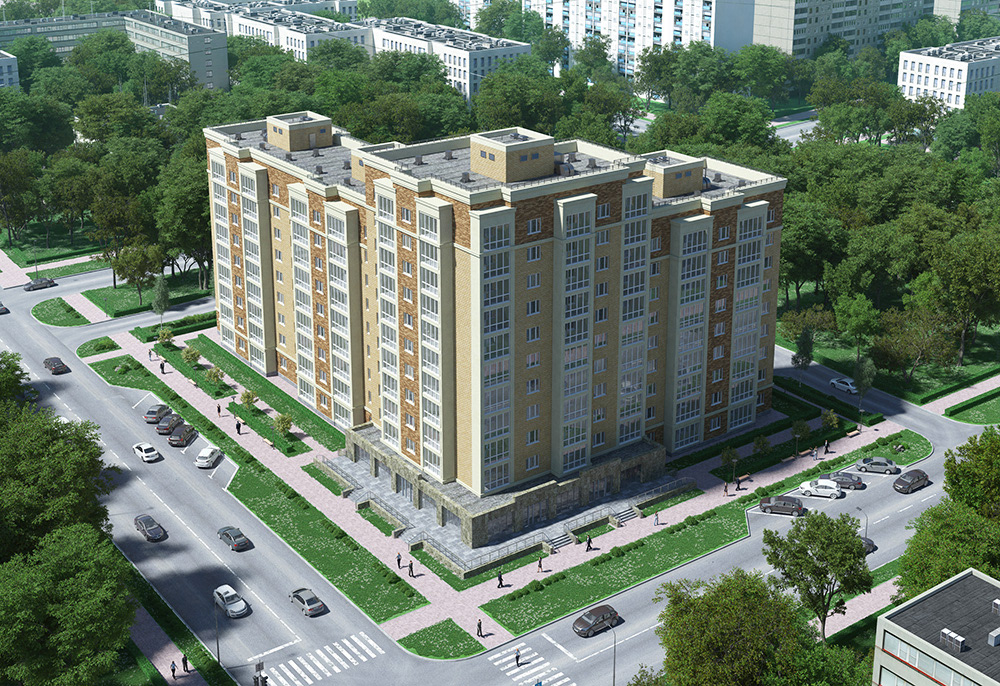Architectural Visualization.
Organization of the architectural visualization department in a construction company.
The task is to organize the architectural visualization department of a construction company to function as an independent studio. This studio will handle visualizing the company's projects and working with external clients.
To achieve this goal, I have completed the following tasks:
- Developed the structure of the studio or department.
- Defined the roles and functions of employees.
- Created over 25 documents for studio operations, including job descriptions and a guideline.
- Developed the structure of the studio or department.
- Defined the roles and functions of employees.
- Created over 25 documents for studio operations, including job descriptions and a guideline.
- Describe the work process.
My role:
Art Direction,
Process Description,
Designed The Structure.
Art Direction,
Process Description,
Designed The Structure.
It is crucial for the client that the department operates quickly, with predictable quality, and clear economic processes. This requires organizing work based on employee roles and functions. Such a system allows the process to resemble a conveyor belt, where each employee is replaceable and quickly trainable, and the process can be scaled.
Significant attention is paid to remote work with freelancers. Managers can hire designers for projects as needed without increasing the permanent staff, making the system flexible.


The Guideline is the primary document that outlines all activities required for successful project implementation. It serves as the main document for decision-makers and provides a step-by-step work plan.
The following steps are defined in the guideline:
- Getting to know the customer and the project.
- Obtaining primary information to understand the task.
- Evaluating the work and preparing a quotation with time and cost estimates.
- Entering into a contract and defining the terms and conditions of the work.
- Breaking down the work process into stages.
- Handing over the project, creating an archive, describing, publishing, and getting feedback.
- Organizing the server.
- Getting to know the customer and the project.
- Obtaining primary information to understand the task.
- Evaluating the work and preparing a quotation with time and cost estimates.
- Entering into a contract and defining the terms and conditions of the work.
- Breaking down the work process into stages.
- Handing over the project, creating an archive, describing, publishing, and getting feedback.
- Organizing the server.









For all functions and roles, documents prescribe specific action algorithms.
These documents include:
- Contracts for external clients.
- Questionnaires for project evaluation and budgeting.
- A commercial proposal template.
- Recommendations for searching, testing, hiring, and controlling employees.
- Job descriptions.
- Database templates for clients, employees, and freelancers.
- The work process of the project, is divided into four main stages.
- Rules for server organization and standards for creating an archive.
- Contracts for external clients.
- Questionnaires for project evaluation and budgeting.
- A commercial proposal template.
- Recommendations for searching, testing, hiring, and controlling employees.
- Job descriptions.
- Database templates for clients, employees, and freelancers.
- The work process of the project, is divided into four main stages.
- Rules for server organization and standards for creating an archive.
This system makes the process transparent and allows for easy identification of errors.
The structural organization of the team and the work plan help managers efficiently manage the process, even remotely.
The system is designed for the convenience of all parties involved.

